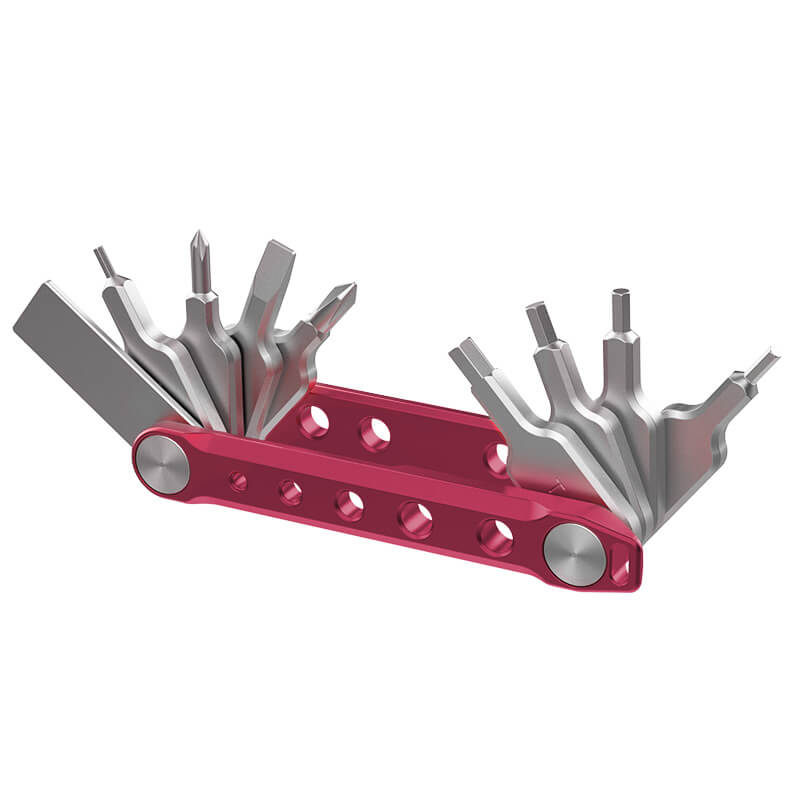The right camera lens makes a huge difference in travel photography, improving your ability to capture stunning views that truly capture the spirit of the places you visit. There are countless options available, so choosing a lens can seem daunting. But fear not! This guide will tell you what to look for when choosing the perfect lens for your travel photography.

1. Define your photo style
Before you Camera lenses Before buying a lens, consider your photographic style: Do you prefer sweeping landscapes, intimate portraits, lively street scenes, or perhaps wildlife? The type of shots you tend to take most often will determine what type of lens you buy.
- In the Landscape photography The wide-angle lens (e.g. 16-35 mm) is often used to capture wide views.
- In the Portrait photography Prime lenses with large apertures (e.g. 50 mm f/1.8) are used to create beautiful bokeh and soften backgrounds.
- For the Street photography you need a versatile zoom lens (e.g. 24-70 mm) that allows you to quickly adapt to different situations.
- For the Wildlife photography Telephoto lenses (e.g. 70-200 mm) are usually required to capture distant subjects without disturbing them.
2. Consider what goals and topics you will encounter

Next, you should consider where you want to go and what you want to photograph. Different locations offer different challenges and opportunities, which will affect the choice of lens impact.
- In cities There is often a lot of interesting architecture and people, so a versatile zoom lens is very useful.
- Cultural events may require a lens that can handle low-light conditions well, especially if you are shooting indoors or at evening festivities.
- If you into nature a robust lens with weather protection could be essential to withstand the elements.
3. Learn the most important elements for the camera lens

Focal length
Focal length is the distance (measured in millimeters) between a camera's lens and the sensor when the subject is in focus. It determines how much of a scene the lens can capture (field of view) and how close or far away things appear.
- Short focal length (e.g. 10 mm): Wider image, fits more in the frame.
- Long focal length (e.g. 200 mm): Narrower angle of view, brings distant objects closer.
Here you can find a breakdown of focal lengths for different lens types.
| Lens type | Focal length range | Main features | Suitable for |
| Wide-angle lenses | 10mm–35mm | Large field of view, perspective distortion | Landscapes, architecture, interiors |
| Standard zoom lenses | 24mm-70mm (up to 105mm) | Versatile, natural perspective | Everyday use, portraits, events |
| Telephoto lenses | 70mm+ (up to 600mm+) | Narrow view, isolation of the topic | Wildlife, sports, detailed portraits |
Maximum aperture
The lens's maximum aperture determines how much light enters the camera and has a major impact on exposure and depth of field. A larger maximum aperture, such as f/2.8 or f/1.4, lets more light reach the sensor, making it easier to capture images in low-light situations, such as at sunset or in a museum. This feature is invaluable for capturing rich colors and details in low-light situations. A larger aperture also creates a shallower depth of field, helping to separate the subject from the background. This effect is highly desirable in portrait photography when the subject needs to stand out clearly against a blurred background.
Weight and size of the lens

To travel It's important that the lens is portable, so you need to consider the weight and size of the lens. A heavy lens can weigh you down, especially on long days of exploring. If you do a lot of hiking and sightseeing, you'll find a lighter lens more comfortable to carry.
Lens type
Different types of lenses serve different purposes. Here's a quick overview of some common types:
| Lens type | Description | Best for |
| Macro lens | Focuses on extreme close-ups with high levels of detail. | Flowers, insects, product photography. |
| Main lens | Fixed focal length, usually sharp and fast. | Portraits, low-light photography, artistic work. |
| zoom lens | Variable focal length for more flexibility. | Travel, diverse recording needs. |
| Fisheye lens | Ultra wide-angle lens with circular or distorted view. | Creative photography, abstract shots. |
| Kit lens | Simple zoom lens that is often included with cameras. | Beginner, general use. |
4. Plan your budget for camera lenses
Set a budget
When choosing a new lens, it's important to set a budget based on how frequently you travel and your commitment to photography. High-quality lenses can vary greatly in price, so determine what you're willing to invest.
Consider used or third-party lenses
Don't overlook the possibility of buying used lenses or considering third-party brands.
A number of reputable manufacturers produce high-quality lenses, but at lower prices than those of the OEMsBefore purchasing a used lens, make sure it is in good condition.
Evaluate the value of higher-quality lenses
While quality lenses are a bit more expensive, the investment can be worth it. Higher-quality optics typically deliver sharper images, better color reproduction, and better low-light performance, enhancing your overall photography experience.
5. Research and testing of camera lenses
Read reviews and watch video comparisons
Once you've narrowed down your options, take the time to read user reviews and watch video comparisons. Knowing the experiences of other photographers can provide valuable insights into how a lens performs in real-world situations.
Visit local camera stores for hands-on testing
If possible, test the lenses at a local camera store. Holding the lenses in your hands will give you a better feel for their weight, size, and functionality. Feel free to ask questions; knowledgeable staff can give you helpful advice.
Rent lenses before buying
Consider renting a lens before committing to a purchase. Many camera stores and online retailers offer rental services so you can try out a lens in person. This way, you can determine if it suits your style and meets your needs without spending any money.
6. Enhance your camera lens with accessories

filter
Investing in filters can further enhance your photography. For example, a polarizing filter can reduce glare and enhance colors in landscape shots, while ND filter enable longer exposure times in bright light conditions. And UV filters primarily serve as a protective barrier for your lens, protecting it from dust, scratches, and moisture.
Lens hoods
A lens hood prevents stray light from reaching the front of the lens, ensuring clean, vibrant photos, especially in bright sunlight.
Cleaning kits
To maintain image quality, it's important to keep your lens clean. Carry a simple cleaning kit with microfiber cloths and lens cleaner to remove any dust or smudges, especially after a day outdoors.
Explore the world with inspiring camera lenses
Whether you choose a versatile zoom lens, a sharp prime lens, or even a specialty lens, each choice contributes to your photographic journey. Don't forget to do thorough research, test lenses when you have the opportunity, and make some invaluable accessories Consider options that can enhance your photography. The best lens inspires you to capture the world as you see it. May your travels be filled with breathtaking images!






